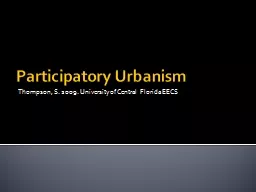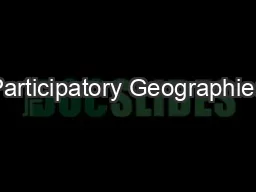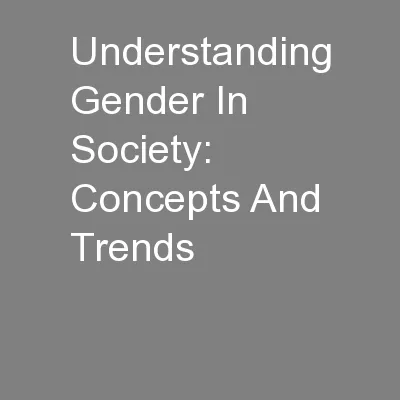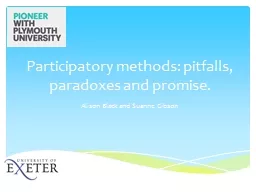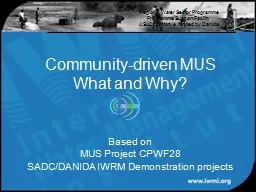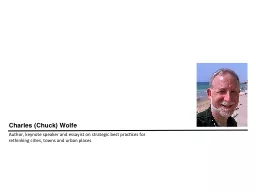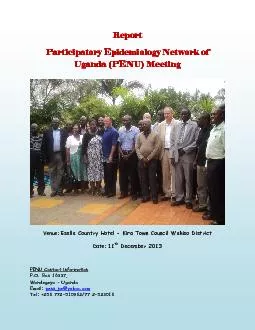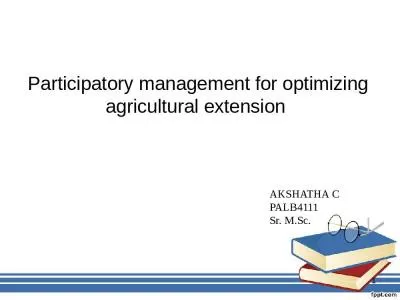PPT-Participatory Urbanism
Author : celsa-spraggs | Published Date : 2016-11-02
Thompson S 2009 University of Central Florida EECS Definition Urban Computing Urban computing is an emerging field of study that focuses on the use of technology
Presentation Embed Code
Download Presentation
Download Presentation The PPT/PDF document "Participatory Urbanism" is the property of its rightful owner. Permission is granted to download and print the materials on this website for personal, non-commercial use only, and to display it on your personal computer provided you do not modify the materials and that you retain all copyright notices contained in the materials. By downloading content from our website, you accept the terms of this agreement.
Participatory Urbanism: Transcript
Download Rules Of Document
"Participatory Urbanism"The content belongs to its owner. You may download and print it for personal use, without modification, and keep all copyright notices. By downloading, you agree to these terms.
Related Documents

